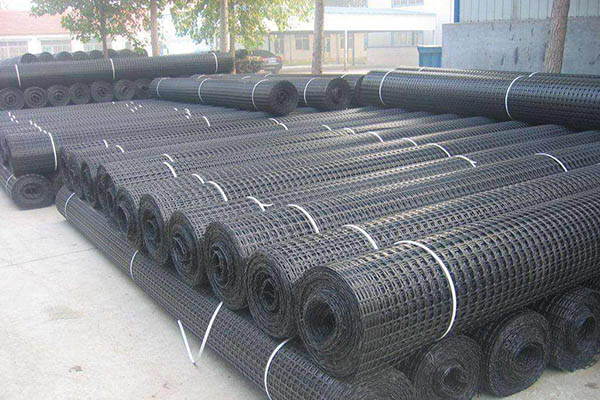Advantages of geosynthetics
Geosynthetics is known as the fourth important building material besides wood, steel, and concrete. It has six functions of filtration, drainage, isolation, reinforcement, protection, and anti-seepage, enabling geosynthetics to solve many engineering problems that cannot be solved by conventional materials in civil engineering construction. It has the characteristics of simple construction, controllable quality, low investment, and good application effect.
Compared with the traditional drainage materials commonly used in engineering, the advantages of geosynthetics are obvious
1. Geosynthetics are produced from industrial finished products, and their targeted structure and material design can meet various working conditions to the greatest extent;
2. The performance of geosynthetics is stable, and it is difficult to control during the construction of conventional materials;
3. Geosynthetic materials are used less in engineering than traditional earth and stone materials, have lighter weight, faster and more convenient road transportation, and lower engineering investment than traditional materials. There are many engineering examples using geosynthetics in civil engineering projects at home and abroad, which have achieved ideal results and effectively reduced the total project investment;
4. The construction of geosynthetics is convenient and quick, without heavy and large mechanical equipment, high labor efficiency, and easy control of construction quality.
The drainage geotextile consists of a geotextile filter and high-density polyethylene. Its structural feature is that the geotextile filter is wrapped in a high-density polyethylene material, constructing a new type of material with good water permeability and drainage. The material has been used in a number of road engineering constructions and has achieved good engineering application results.

According to their different properties, these materials can be divided into the following four types:
1. The drainage material structure is a strip-shaped composite rock and soil material, which can produce a larger contact surface, so the drainage capacity is faster than conventional materials; its advantages are convenient material connection, simple construction, and construction cost savings. The disadvantage is that the material is soft and low in strength. .
2. High-strength strip composite geotechnical materials are specially designed to improve their own strength and can be used under heavy load conditions, such as roads with small coating thickness and heavy traffic loads;
3. The special drainage system that is impervious to the outer layer and connected to the inner layer is a vertical drainage system. Its characteristic is that the outer layer is impermeable, which helps to realize the direct flow and drainage of groundwater;
4. Special drainage material specially used for large-scale venues, with high water permeability and corrosion resistance, can withstand water pressure above 400kPa, and has the characteristics of convenient separation and installation.
